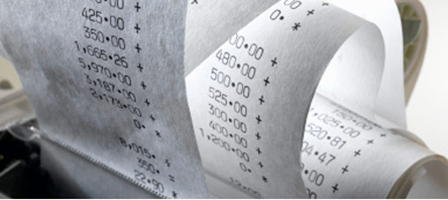A TWIST FOR HOME SALES – NON-QUALIFIED USE
The version of the home sale gain exclusion that became law back in the 1990s initially made it possible for taxpayers to use a provision of the law as a popular strategy to exclude gain, not just from their primary residence, but also from rentals and second homes as well.
They did that by moving into the rental or second home and making it their primary residence for two years, then selling it and excluding the gain, up to $250,000 ($500,000 for joint filers).
To qualify for the exclusion, each taxpayer must own and occupy the home as their primary residence for two of the five years prior to the sale and must not have utilized the exclusion in the two years immediately preceding the sale. Thus, with careful planning, taxpayers could employ this technique on multiple properties.
Apparently, this strategy became too popular and Congress added a provision in the law, effective as of 2009, to curtail gain exclusion attributable to periods of ownership when the property was not the taxpayer’s primary residence. The revised law accomplishes this by prorating the home sale gain between qualified and nonqualified use periods and allowing the home gain exclusion to apply only to gain from qualified periods.
Example: An individual taxpayer purchases a home on 1/113 and rents it. On 1/115, he occupies the property as his primary residence and then sells the home on 1/1/17 for a $200,000 gain. Prior to this law change, the entire $200,000 could have been excluded. However, effective after 2008, the taxpayer would have to apportion the gain between the periods when it was a rental and when it was a personal residence. In this example, he owned it four years, of which time use for two years was nonqualified. Thus, 50% of the gain ($100,000) would be attributable to a nonqualified use period and would not be excludable. As a result, the taxpayer would be able to exclude only $100,000 of the $200,000 gain. Note that had the taxpayer used the home as a second home instead of a rental, the results would have been the same.
The law does provide a pretty liberal definition of nonqualified use. A period of nonqualified use means any period during which the property is not used by the taxpayer or the taxpayer’s spouse or former spouse as a principal residence, except as noted below. For purposes of determining periods of nonqualified use, do not include any period:
- Before January 1, 2009,
- After the last date the property is used as the principal residence of the taxpayer or spouse (regardless of use during that period), and
- Not to exceed two years that the taxpayer is temporarily absent by reason of a change in place of employment, health, or, to the extent provided in regulations, unforeseen circumstances.
If your planning strategies include employing multiple sales, each qualifying for the home sale exclusion, you should carefully analyze the impact of this law on your plans. Please call this office if you have any questions.





Leave a Reply
Want to join the discussion?Feel free to contribute!